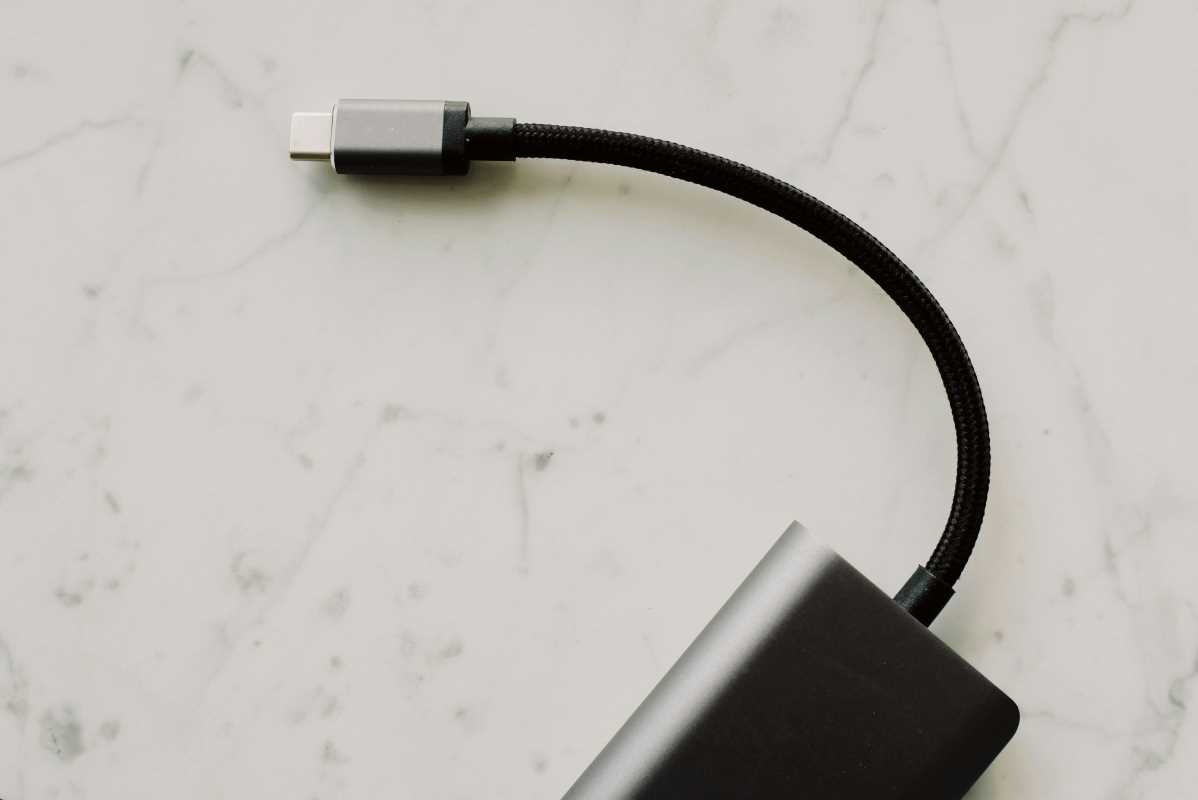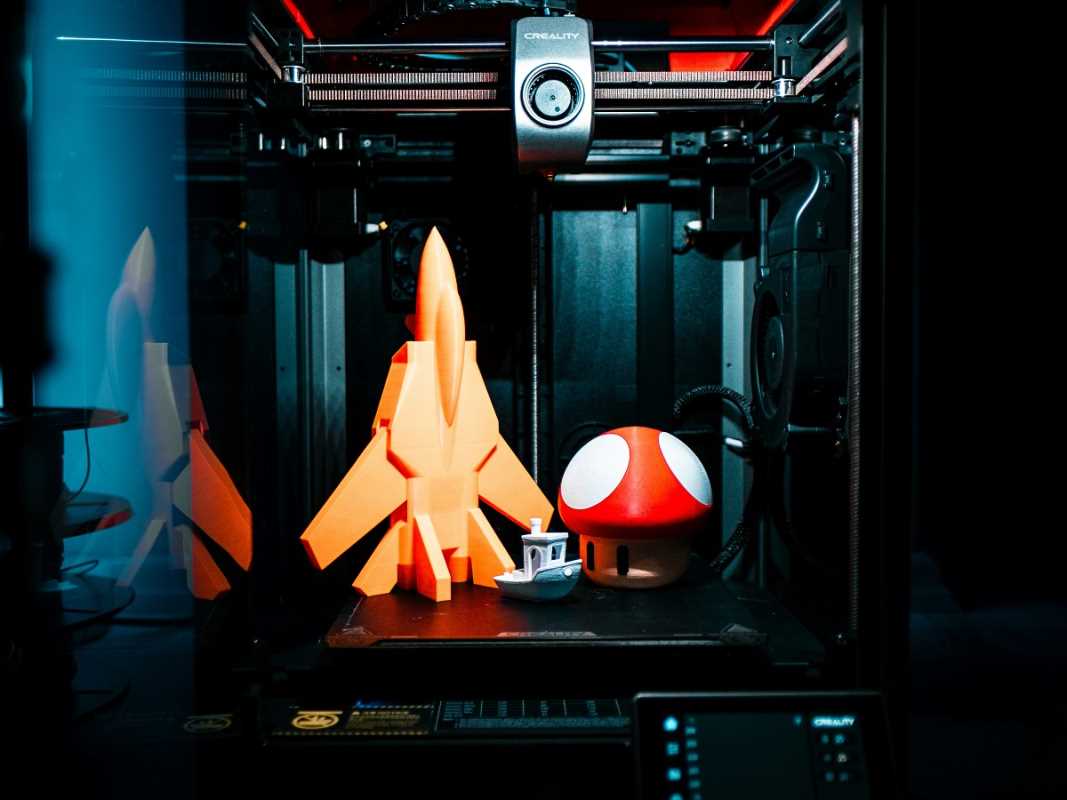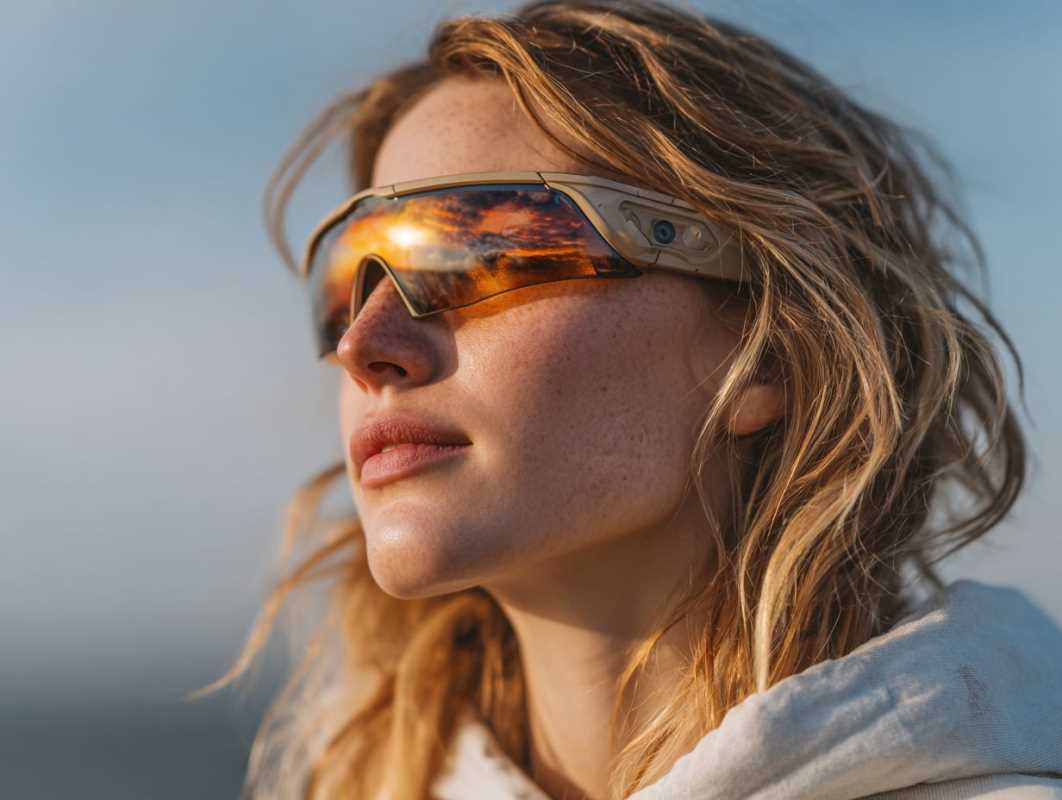From helping hands to fierce combatants, robots are no longer confined to the pages of sci-fi novels or futuristic movies. The age of robotics is here, and it’s transforming industries, redefining human-machine relationships, and pushing humanity into uncharted territories. Whether it’s a robot that offers companionship to the elderly or an autonomous machine designed for military missions, advancements in robotics are as exciting as they are diverse.
Companion Bots: Redefining Relationships with Machines
One of the most profound advancements in robotics is the emergence of companion robots designed to improve quality of life. These bots come equipped with sophisticated AI and human-like interactions, making them invaluable for emotional support, communication, and even special care.
Advancements in Companion Robots
- Social Interaction: Robots like SoftBank’s Pepper and Hanson Robotics’ Sophia can understand and respond to human emotions. Using advanced natural language processing (NLP) and facial recognition, they engage in meaningful conversations and interpret emotional cues.
- Elderly Care: Japan leads the charge with the development of companion robots for aging populations. For instance, Paro the Seal is a therapeutic robot designed to provide comfort to seniors in nursing homes through its gentle interaction and fur-like design.
- Assistive Technology: Boston-based startup Catalia Health created Mabu, a chatbot-based robot that reminds patients to take their medication and monitors their health vitals. This demonstrates how companion robots are becoming lifelines for people with chronic conditions.
Why It Matters
The growing integration of companion bots into society has monumental implications. They can help alleviate loneliness in vulnerable groups, improve mental health, and reduce strain on caregivers. However, reliance on robots raises questions about the depth of human connection in an AI-driven world. Will society eventually prefer robotic relationships over real ones?
Battle Bots and the Evolution of Autonomous Warfare
Robots on the battlefield are revolutionizing military operations and intelligence gathering. From autonomous drones to quadrupedal robots that carry heavy loads, the militarization of robotics has sparked innovations as well as controversial debates.
Where We Are Now
- Military Drones: Perhaps the most recognizable battle bots, drones like the RQ-4 Global Hawk and Bayraktar TB2 are reshaping the face of modern warfare. Autonomous or semi-autonomous, these drones can conduct surveillance, provide intelligence, and perform precision airstrikes.
- Multifunctional Combat Bots: Russia and the United States have developed highly capable ground robots like the Uran-9 and MAARS (Modular Advanced Armed Robotic System). These robots can operate in combat zones, carrying out tasks from bomb disposal to armed reconnaissance.
- Robotic Exoskeletons: While not strictly “bots,” exoskeletons are enhancing soldiers’ physical abilities. Companies like Sarcos Defense are producing suits that allow users to carry heavy loads with minimal effort, increasing endurance and reducing fatigue.
The Debate Around Robotic Warfare
Although automating warfare reduces the risk to human soldiers, it raises complex ethical issues. Concerns over accountability, civilian casualties, and the possibility of autonomous machines making life-or-death decisions have led critics to call for international regulations on military AI.
Beyond Battle and Companionship: Robotics Across Industries
Aside from caregiving and combat, robots are changing the game in fields like healthcare, exploration, and manufacturing. These innovations showcase the versatility of robotics technology and its capacity to tackle challenges far beyond human limitations.
Healthcare Revolution
Robots in healthcare are already saving lives.
- Surgical Robots: Systems like da Vinci Surgical System provide precision and control that far surpass human ability, allowing surgeons to perform minimally invasive procedures. These robots have been instrumental in advancing laparoscopic surgery.
- Robotic Nurses: Hospitals are adopting robots like TUG to transport medication, food, and supplies to patients, thereby reducing workloads for healthcare staff.
- Prosthetics: Smart prosthetics, enhanced with robotic technology, offer mobility and independence to people with limb loss. These devices utilize AI, machine learning, and sensors to replicate natural movements.
Manufacturing Powerhouses
Traditional industrial robots paved the way for efficiency in manufacturing, but modern collaborative robots (called cobots) are designed to work alongside humans safely.
- Precision Tasks: Cobots like UR10e by Universal Robots can assemble delicate electronics with pinpoint accuracy, boosting productivity without risking injury to human workers.
- Autonomous Quality Control: Tools like “visual AI” inspect products for defects faster than human workers, improving manufacturing quality across industries.
Exploration Robots
Robots are taking exploration to new heights.
- Space Exploration: From NASA’s Perseverance Rover on Mars to SpaceX’s plans for autonomous robotic systems to assist future human colonies, robots are essential for missions in harsh extraterrestrial environments.
- Deep-Sea Exploration: Aquatic robots like BOEING Echo Voyager explore inaccessible parts of the ocean autonomously, expanding our understanding of underwater ecosystems.
- Disaster Response: Robots like Boston Dynamics’ Spot are built to traverse disaster sites and assist in search and rescue, proving invaluable in hazardous conditions where humans cannot venture.
 (Image source: Midjourney)
(Image source: Midjourney) 





